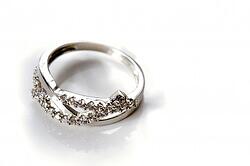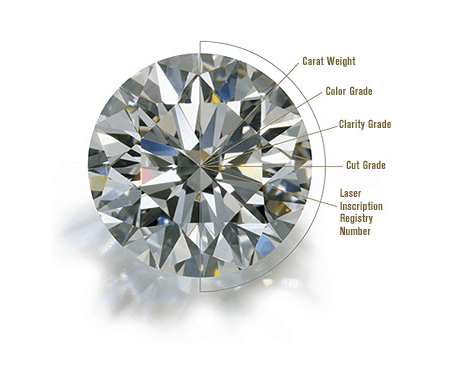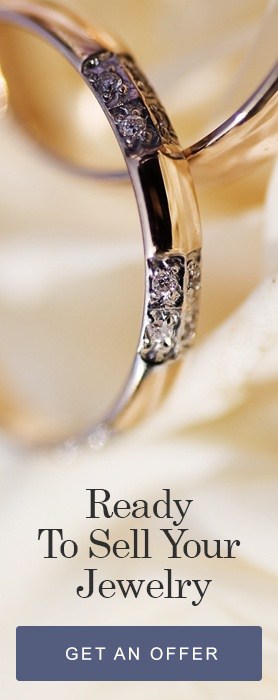Any woman that amasses a considerable collection of jewelry must sooner or later confront the age old question: Will it match or will it clash? With white gold becoming an ever more popular jewelry option, more consumers are beginning to ask what their fashion-conscious choices are when it comes to accessorizing outfits that will include at least one white gold element.

What is white gold?
Contrary to popular belief, white gold is not the same metal as platinum, which is a separate element on the period table and quite distinct from gold in many of its characteristics. Nor is white gold purely composed of gold alone. Instead, it is an alloy made of gold mixed with one or more metals that are whitish in hue; these include both silver or palladium. In previous generations nickel was a popular choice as well, but nickel sensitivities have caused many fine jewelry makers to opt for other varieties of metal instead.
Also Read: What is Defined as Fashionable Jewelry These Days?
Like other kinds of gold, white gold comes in a variety of karat ratings including 18k and 14k. The rating represents the proportion of gold in the alloy in terms of parts per 24. Therefore 18k white gold will be made of 75% pure gold, but the last 25% will be comprised of metals that give it a silver instead of a gold shade. Some white gold pieces are additionally coated with rhodium to make them even whiter; rhodium is quite close in color to platinum. Without this coating, white gold tends to have more of a grayish appearance.
Jewelry fashion strategies with white gold
The most classic approach to matching white gold pieces is to make sure that all the pieces you wear at one time are in the "silver" color range. This does not limit you to only white gold and silver, of course. Platinum will also present an appearance quite similar to white gold, as will pieces coated with rhodium.
Using silver jewelry to match with white gold is actually quite an affordable strategy. For many years, the only real choices available in silver jewelry were sterling silver or silver plating over a base metal. Plated pieces tend to lose their appeal relatively quickly since polishing them can damage the plating and reveal the base metal beneath. This left only the option of sterling silver, which is less expensive than white gold but can represent a considerable expense, particularly in recent years with the price rise on world silver markets.
Now, however, silver-filled jewelry provides an alternative that is both durable and affordable. Silver-filled jewelry is very heavily coated with silver, with the layer as much as 20 times thicker than traditional plating, yet because the piece is not made of sterling, the price can be very attractive.
Besides wearing all "silver tones," those who want to match with white gold jewelry can also opt to wear a piece that will bridge gold and white gold tones by containing both in a stylish pattern or motif. A professional bridging piece will not look haphazard, yet it will allow you to elegantly wear both white gold and gold with it.
Also Read: Pinky Rings . . . In or Out?
In other instances, however, a Bohemian "anything goes" look is actually an asset. You must consider your matching in terms of the total effect you are trying to achieve. A restrained skirted suit goes well with conservative jewelry choices all in the same color, but a tiered peasant skirt in earth-tones paired with a loose sleeveless top certainly lends itself to an eclectic mix of metals in the form of numerous bangles and long, dangly earrings.
Read More:









